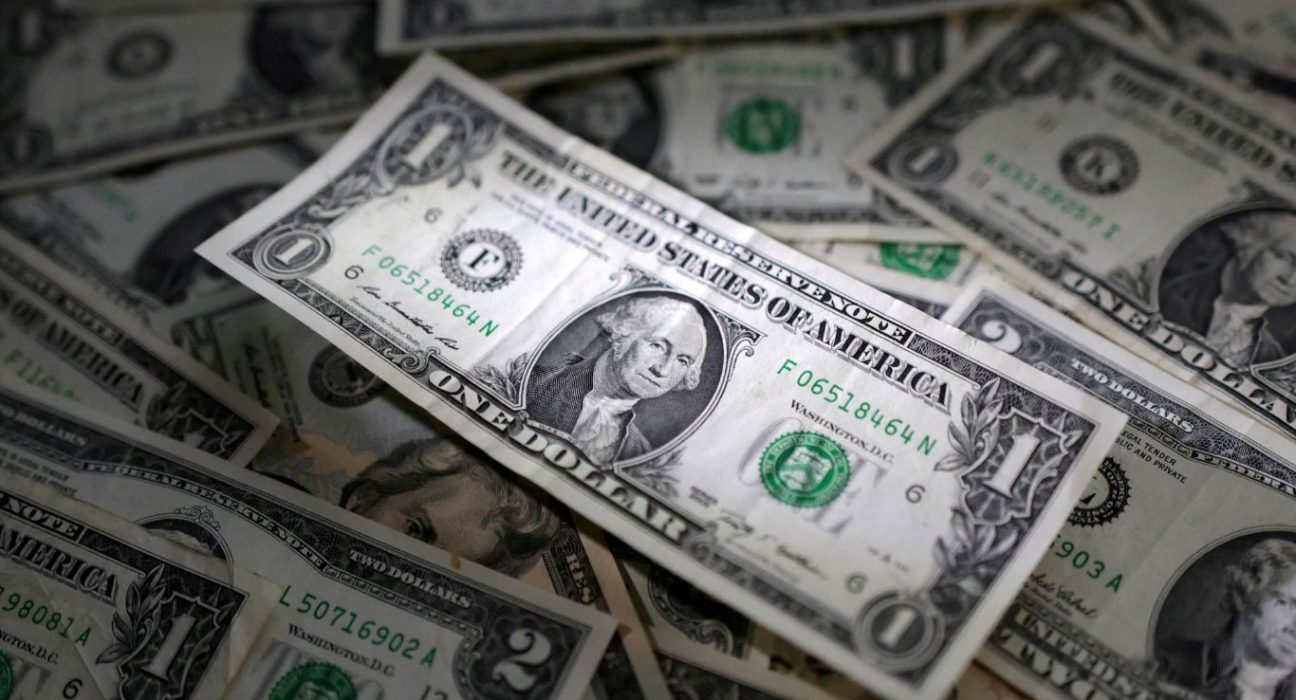Risk aversion is a term that describes the tendency of investors to avoid risky assets and seek safe havens in times of uncertainty or turmoil. Risky assets include stocks, commodities, emerging market currencies and bonds, while safe havens include government bonds, gold and the US dollar.
The US dollar is considered a safe haven currency for several reasons. First, it is the world’s reserve currency, meaning that many countries and institutions hold it as part of their foreign exchange reserves. Second, it is the dominant currency in international trade and finance, making it highly liquid and accessible. Third, it is backed by the economic and military power of the US, which gives it credibility and stability.
When risk aversion increases, investors tend to sell their risky assets and buy safe havens, which boosts the demand for and value of the US dollar. Conversely, when risk aversion decreases, investors tend to sell their safe havens and buy risky assets, which reduces the demand for and value of the US dollar.
What are the factors driving risk aversion in the current market?
There are several factors that have contributed to the rise of risk aversion in the current market. Some of them are:
– The ongoing war in Ukraine, which has escalated tensions between Russia and the West and raised fears of a wider conflict.
– The surge of COVID-19 cases in China, which has prompted lockdowns and travel restrictions in some regions and threatened to derail the economic recovery.
– The uncertainty over the US debt ceiling, which could lead to a default or a government shutdown if Congress fails to raise it by mid-December.
– The hawkish stance of the US Federal Reserve, which has signaled its intention to raise interest rates faster than expected to combat inflation.
How does the Fed’s policy affect the dollar?
The Fed’s policy is another key factor that influences the value of the dollar. The Fed sets the federal funds rate, which is the interest rate at which banks lend to each other overnight. This rate affects other interest rates in the economy, such as mortgage rates, corporate bond rates and treasury yields.
When the Fed raises the federal funds rate, it makes borrowing more expensive and saving more attractive. This reduces the money supply and increases the demand for money. This also makes US assets more appealing to foreign investors who can earn higher returns by investing in them. This increases the demand for and value of the US dollar.
When the Fed lowers the federal funds rate, it makes borrowing cheaper and saving less attractive. This increases the money supply and reduces the demand for money. This also makes US assets less appealing to foreign investors who can earn lower returns by investing in them. This reduces the demand for and value of the US dollar.
The Fed has been raising interest rates since December 2015, with four hikes in 2018 and one hike in 2019. In December 2021, it raised rates by 50 basis points (0.5 percentage points) to a range of 2.25% to 2.5%. It also indicated that it expects to raise rates three more times in 2022 and two more times in 2023.
The Fed’s tightening cycle has been driven by its concern over rising inflation, which has exceeded its target of 2% for several months. Inflation erodes the purchasing power of money and can undermine economic growth and stability. The Fed aims to keep inflation under control by raising interest rates, which reduces aggregate demand and slows down price increases.
The Fed’s policy has contrasted with that of other major central banks, such as the European Central Bank (ECB) and the Bank of Japan (BOJ), which have maintained ultra-low or negative interest rates and quantitative easing programs to stimulate their economies. This has created a divergence in monetary policy between the US and other countries, which has widened the interest rate differential between them.
The interest rate differential is another factor that affects the value of currencies. It refers to the difference between the interest rates of two countries or regions. When there is a positive interest rate differential between two currencies, meaning that one currency offers a higher interest rate than another, investors tend to buy that currency and sell
the other one to earn higher returns.










